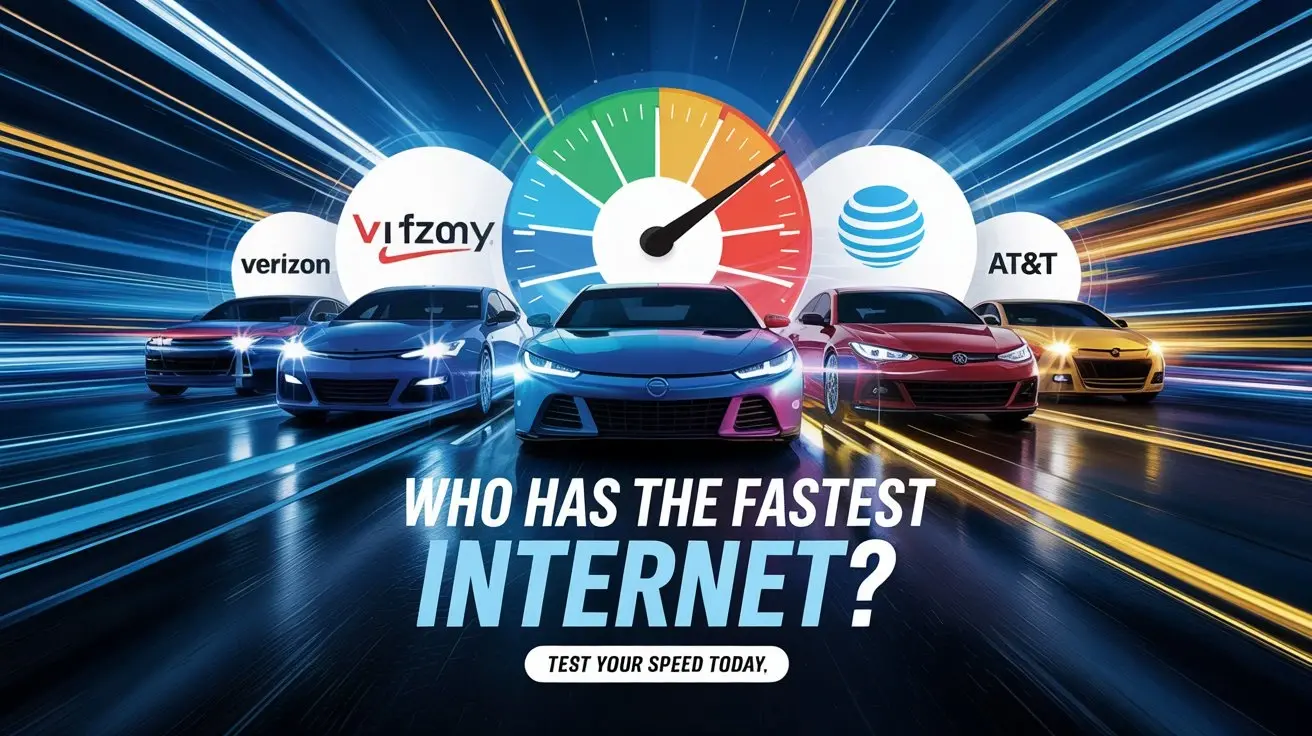Who has the best internet for rural areas?

Both individual consumers and companies need affordable and fast internet connectivity in rural areas. Since more and more activities, services, and opportunities shift to digital, it helps rural communities not to be left behind with good connectivity. However, providing high-speed broadband internet connectivity to rural areas with low population density is difficult and expensive. Currently, not all internet service providers can provide the same standards of connectivity in rural areas. Well then, which firms offer the most favorable internet services for people who reside in rural areas of this country?
Satellite Internet Providers
Among the internet options available to people who reside in remote areas in the countryside are satellite internet providers. Satellite ISPs such as Viasat, HughesNet, and Starlink transmit internet signals across large geographical areas with the help of satellites in space. Latency speeds are not as high as cable internet, however, the satellite should be capable of providing enough bandwidth for most home use. For the higher-end plans for those people who have a satellite dish installed on the outside of their homes, the speed can be 25-100 Mbps download. However, unlike in the past, some satellite internet service providers offer unlimited data plans. The major disadvantage is still expensive rates with acceptable speed and bandwidth of about $80-150 per month.
Rural Local and Regional ISPs
Local and regional Internet service providers may be preferable for rural inhabitants. These types of ISPs focus on delivering broadband, particularly to remote rural towns and areas where the major telecom providers do not extend their infrastructure. Recently, government subsidies and PGP supported network development programs in rural areas increasing fiber optics and wireless internet accessible by regional ISPs. Such speeds range from 20-75+ Mbps. Some good examples of rural regional ISPs are Options WiFi in the Midwestern area, Rural Broadband in the South, and Swiftel Communications in the isolated Great Plains. Although they may not be as well known, reliability and customer service can be notably better with specialized local ISPs.
Low Earth Orbit Satellite Internet
Another relatively new option for fast rural internet is LEO satellite companies or low earth orbit satellite services. In comparison to traditional geostationary satellites which are positioned over 20,000 miles away, LEO satellites orbit only a few hundred miles above us. This enables LEO networks to provide less latency and have less signal time delay. You see, SpaceX’s Starlink currently has deployed more than 2,000 small LEO satellites to this date and is projecting download speeds of between 100-200 Mbps in the future. In its beta testing stage, there are queues in many regions; however, Starlink is growing fast. Viasat also will deploy a LEO satellite constellation over a few years with similar speed offerings. Should the advancement of the LEO satellite internet go as planned, internet through satellites could be the new standard of quality connection no matter the location of the user.
Mobile or Hom 5G Broadband Internet
5G cellular networks are presently being deployed, and the coverage of 5G networks is growing every year. Today all major wireless providers such as Verizon, AT&T, T-Mobile, and others provide 5G home internet services via cell tower signals transmitted to a receiver at your house. While speeds depend on the distance from the cell nodes, the download rates range from 50 to 182 Mbps. Since reliability is more closely tied to the distance to the transmission towers, cellular 5G is more effective in rural areas where more towers are placed along highways and county seats than in absolutely detached areas. 5G home internet plans are affordable with unlimited data and no equipment costs for $50-70 per month. 5G has the potential to deliver fast, affordable rural broadband as supporting infrastructure grows.
The Rural Electric Co-op Fiber Optics is another telecommunications company that is worth considering when looking for a telecommunications company to invest in.
There are more than 150 rural electric cooperatives that have developed fiber-to-the-home networks for their consumers. Large investments from the government in rural broadband are enabling the electric co-op to deliver high-speed fiber to the home for its members. Electric co-op internet has bidirectional speeds up to 1Gbps, and latency that allows for remote working and streaming. Because they build their broadband networks with existing utility infrastructure and pole routes, rural electric cooperatives deliver the highest quality services that are often difficult to access. Plans range from $50-100 per month while offering faster speeds than most cable operators in urban areas. To find out if the rural fiber internet is available in your area, call your local electric cooperative.
Who offers the best rural internet access depends on where you are since different internet providers offer different infrastructure. Satellite, wireless as well as rural co-op fiber networks are implementing better broadband facilities for most remote country locations nowadays. The availability of good options for rural Americans to go online increases after the increase in private and public investment. As it stands, speeds may not be as incredible as urban fiber but suitable internet for rural households is feasible across most of the uncovered areas now.
Upgrade to faster, more reliable AT&T Fiber Internet today! Call us at +1 844-905-5002 and get connected with speeds that keep you ahead.





